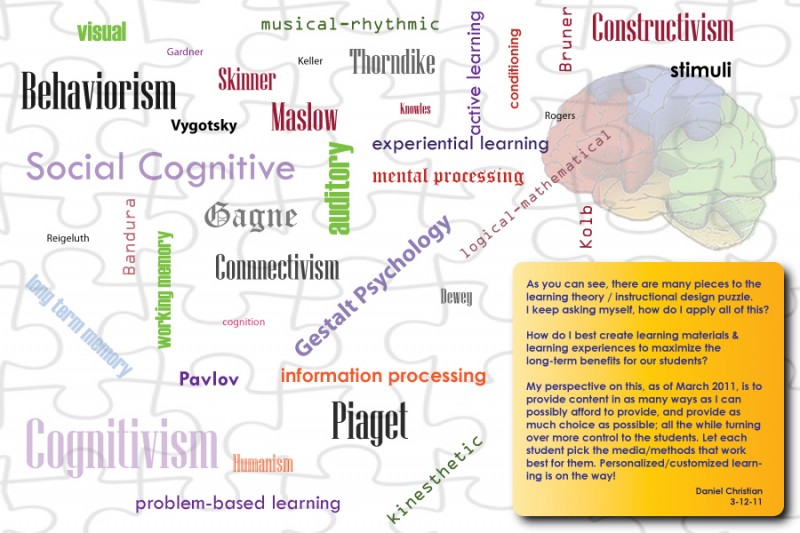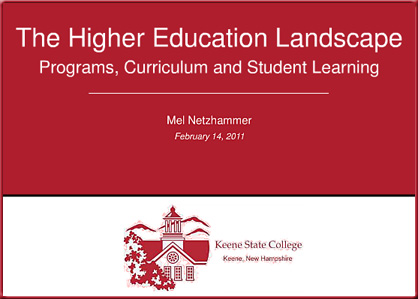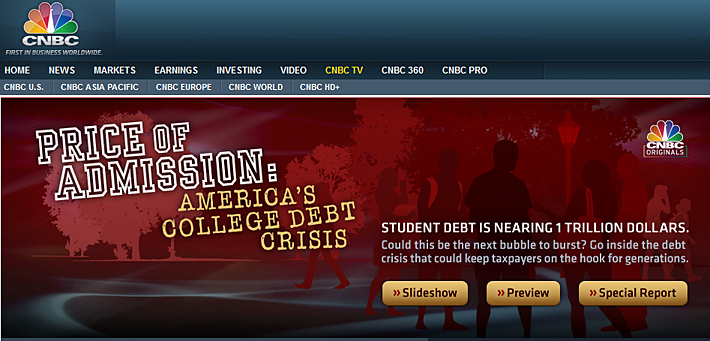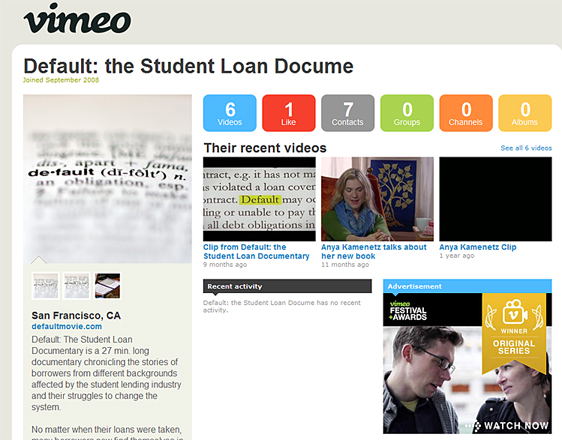From DSC:
I post this because this makes me mad! I don’t have time to verify each piece of information here. But I ask:
- How is it that Wall Street gets bailed out? Or car manufactures, other corporations, or financial institutions too big to fail?
- How is it that white-collar crime can strip the nest-eggs of millions of Americans?
- Some recent articles/examples:
Goldman Sachs Ripped Off And Misled Clients, Senate Report Says
Goldman Sachs, the nation’s fifth-largest bank by assets, systematically misled clients, sold them financial instruments it knew to be junk, bet against them and profited off of their losses, according to a Senate report released this week. - ‘Shoddy, risky, deceptive’: inside the American mortgage crisis
- Some recent articles/examples:
- How is it that our Senators and Representatives have a different health care plan than the rest of us?
- What happened to our democracy?
- What happened to our hearts?
Bottom line:
If you are a student, work as hard as you can to not get into debt — or at least not more debt than you can handle. Know what you are getting into. Have a plan for paying it off. Otherwise it looks like you will be hit with a major, expensive hurt!
Don’t get me wrong, we need to pay off our debts. If we take out loans, we need to pay for them. One quick scripture along these lines says:
Romans 13:8
8 Let no debt remain outstanding, except the continuing debt to love one another, for whoever loves others has fulfilled the law.
But some of the “fees” and “charges” below make me sick.
Infographic by College Scholarships.org
















